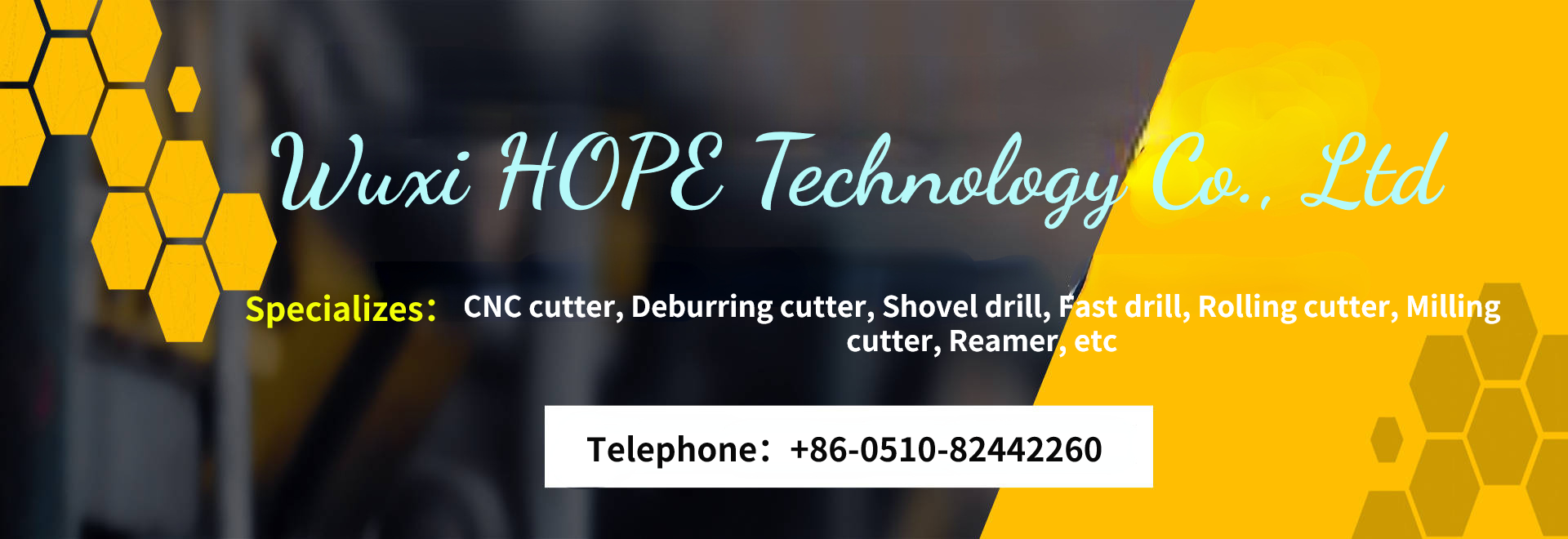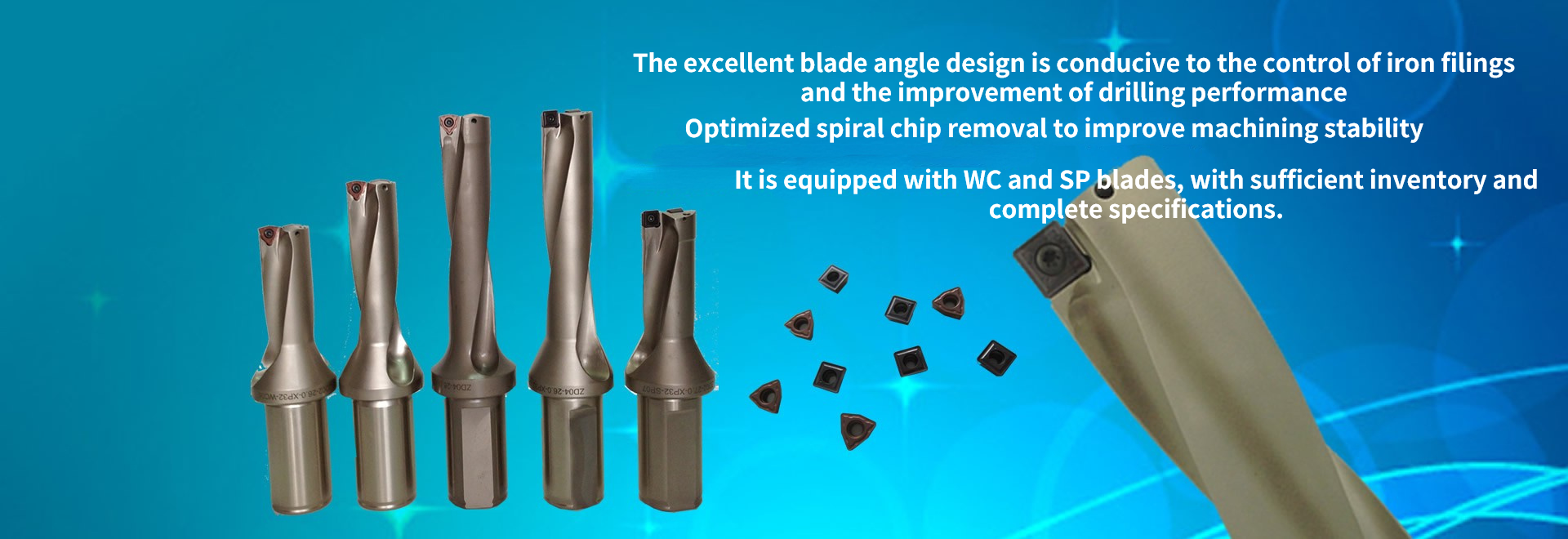The harm of burr and some methods of deburring
Burr is a kind of redundant scrap iron generated at the machining edge of the processed material due to the plastic deformation of the material
Hazards of burrs:
1. Affect the dimensional accuracy, shape accuracy and measurement accuracy of the workpiece
2. Affect the positioning of the next process
3. Affect workpiece assembly
4. After the burr falls off, the moving parts will be stuck and the lubrication system will be blocked
5. Affect the cleanliness of parts to meet the standard
Since there are so many hazards of burr, how to remove burr? At present, chamfering and deburring methods on the market include:
1. Manual deburring
Manual deburring is the most primitive and common method. Tools generally include scraper, trimming cutter, file, sandpaper, grinding head and other tools. Its disadvantage is that the labor cost is more and more expensive, the efficiency is very low compared with the machine, and it is only suitable for products with small batch and low requirements.
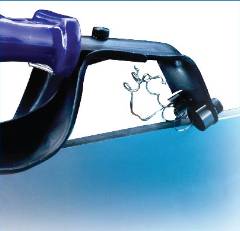
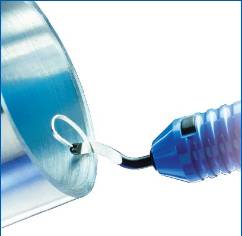
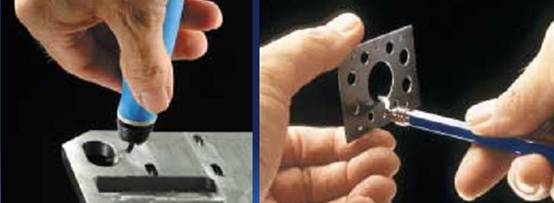
2. Grinding and deburring
Grinding and deburring requires special equipment and magnetic steel needle for vibration, sand blasting and other operations. The disadvantage is that large burrs cannot be removed clean. This method is suitable for small products with large batch.
3. Dry ice deburring
Spray dry ice to the burr surface through special spraying equipment
4. Thermal blasting deburring
In the equipment furnace, the flammable gas is ignited instantly to produce explosion, so as to dissolve and remove burrs. The thermal explosion equipment is expensive and has high operation requirements.
5. Electrochemical deburring
The burr is dissolved by point solution and chemical principle. It is applicable to some internal burrs that are difficult to remove. The disadvantage is that large burrs cannot be eradicated, and the part surface will be affected to a certain extent, even the accuracy.
6. High pressure jet deburring
Use the impact of high-pressure water to remove burrs. Its equipment is also more expensive.
7. Ultrasonic deburring
The high-pressure deburring generated by ultrasonic is mainly used for some very small burrs, such as those that need to be observed by microscope. This method is often combined with vibrating polishing stone to remove burrs.
8. Abrasive flow deburring
Through the semi fluid abrasive particles, the pressure flows through the burr surface to produce grinding, so as to remove the burr.
9. Special deburring tool
According to the shape of the workpiece to be processed and the burr position to be removed, the chamfering and deburring tools used are also different. At present, there are two main categories used: 1. Deburring and chamfering cutters on the front and back of the orifice; 2. Floating deburring tool handle (for deburring irregular contour)
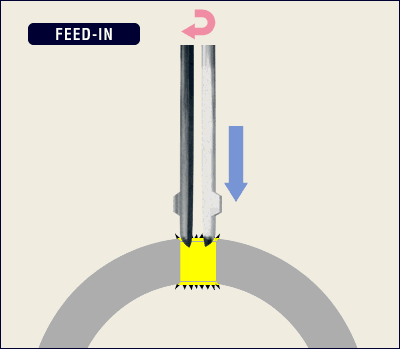
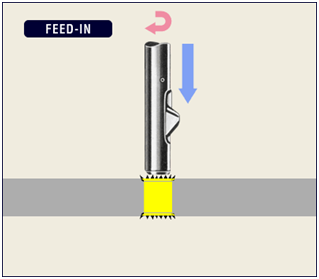
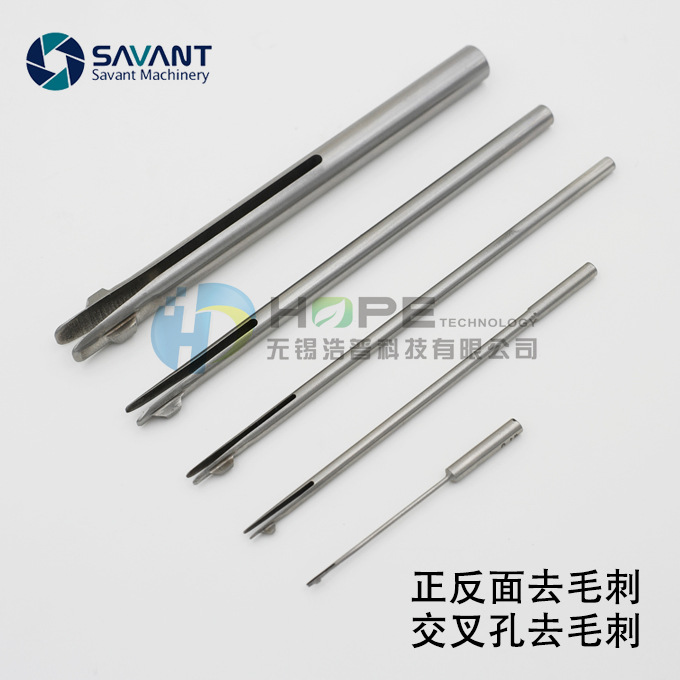
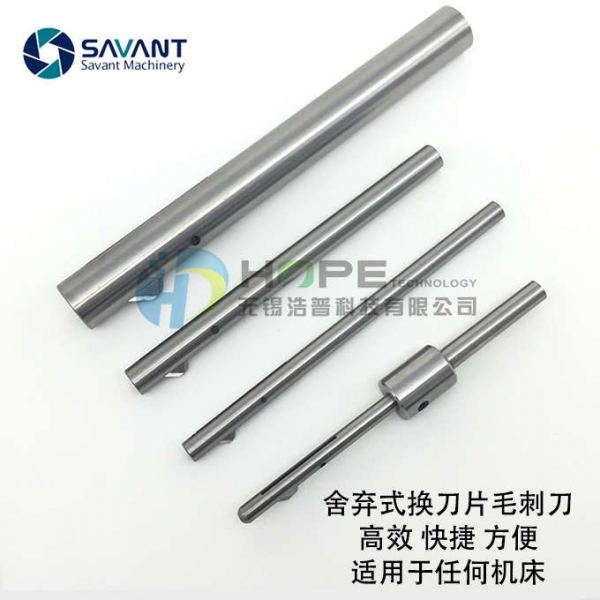
About deburring and chamfering cutter for front and back sides of orifice,You can click this link to learn more!
About floating deburring tool handle,You can click this link to learn more!
 简体中文
简体中文 